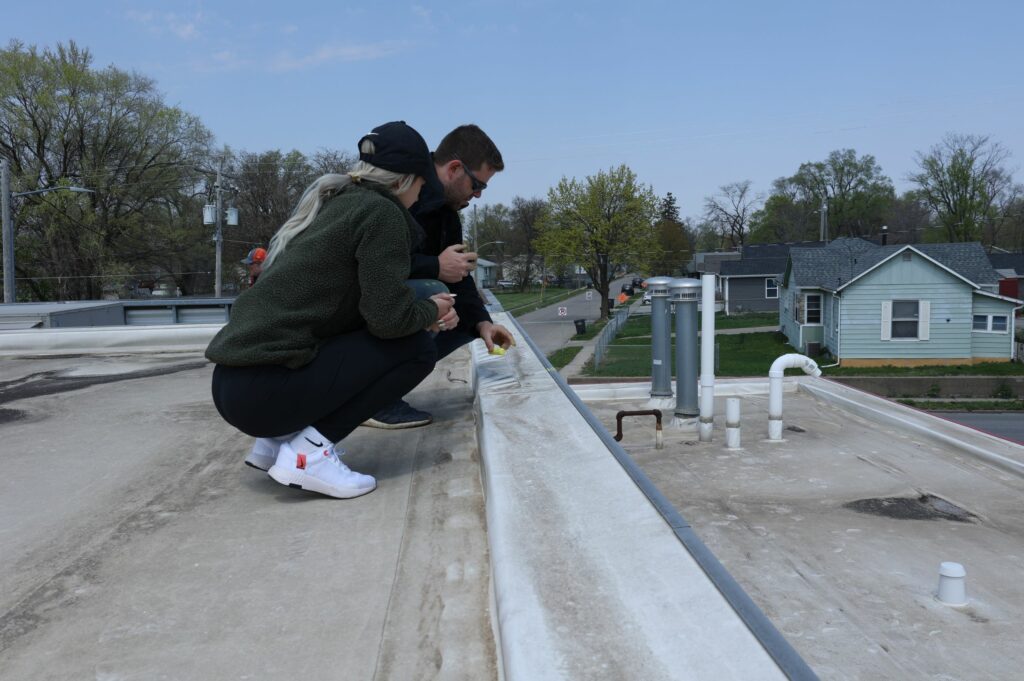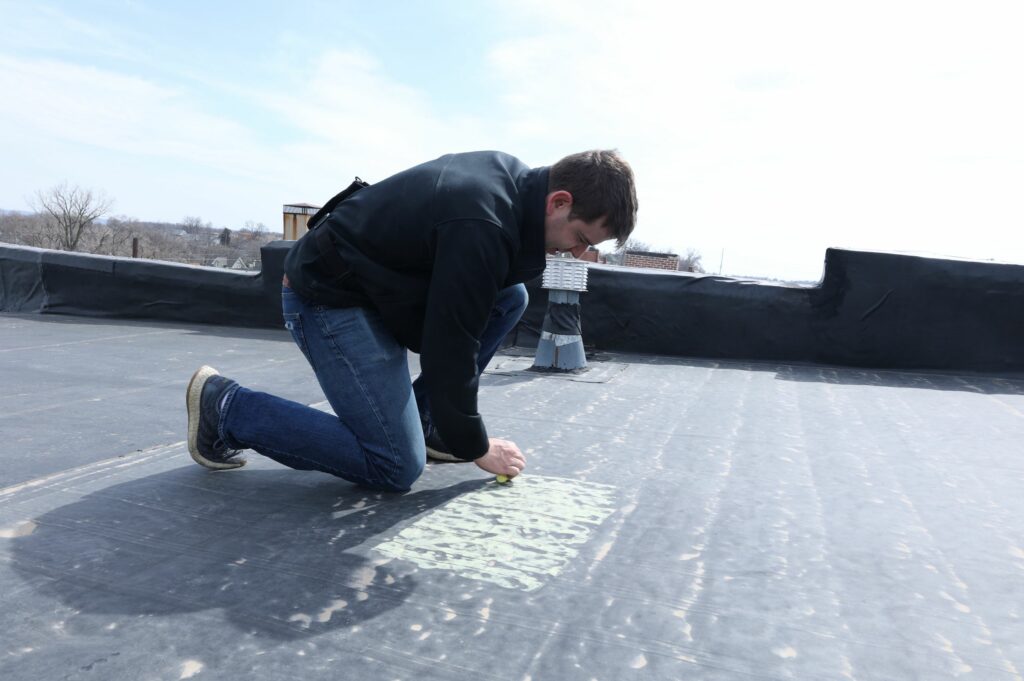As a commercial property owner, prioritizing seasonal maintenance for your HVAC system is paramount to protecting your investment and the longevity of your business. Neglect can lead to a multitude of costly consequences, impacting not only your bottom line but also the safety and well-being of your occupants. Explore the potential damage that can occur to your property due to neglected HVAC maintenance and why proactive measures are crucial for mitigating risks.
The Impact of Neglected HVAC Maintenance
Reduced Efficiency
Neglected HVAC maintenance causes the system to be inherently less efficient, leading to increased energy consumption and higher utility costs. Dirty filters, worn-out components, and improper calibration may impair system performance. This can cause heating and cooling equipment to have to work harder to maintain the desired temperature. As a result, there maybe uneven heating and cooling throughout the property, diminishing occupant comfort and productivity.
Decreased Indoor Air Quality
Poorly maintained HVAC systems can compromise indoor air quality, exposing occupants to allergens, pollutants, and contaminants. Dust, mold, and bacteria may accumulate within ductwork and ventilation systems. This accumulation may circulate throughout the property and can lead to respiratory issues and allergies for occupants. Inadequate ventilation can also cause the buildup of carbon monoxide and other harmful gasses, posing serious health risks.
Property Damage
Neglected HVAC systems are vulnerable to a range of damage that can compromise the integrity and safety of commercial properties. Here’s a detailed breakdown of the types of damage that can occur:
Fire Hazards
Clogged air filters obstruct airflow, causing heating equipment to overheat and potentially ignite flammable materials. Accumulated dust, debris, and particulate matter within HVAC systems increase the risk of fire hazards, posing a significant threat to property and occupant safety.
Water Damage
Refrigerant leaks in cooling systems can result in water damage to the property’s interior. Condensation buildup from malfunctioning HVAC units can lead to moisture infiltration within walls, ceilings, and flooring, promoting mold growth and structural deterioration. Addressing water damage is crucial to prevent further property damage and to mitigate health risks associated with mold contamination.
Mold Infestations
Moisture buildup from HVAC system malfunctions creates an ideal environment for mold growth within the property. Mold spores can proliferate rapidly in damp, humid conditions, spreading throughout the building and compromising indoor air quality. Mold infestations may not only damage property surfaces but also may pose health risks to occupants. This can trigger respiratory issues and allergic reactions.
Structural Deterioration
Persistent moisture infiltration from HVAC system leaks can weaken building materials and compromise structural integrity over time. Wood rot, corrosion, and decay may occur in affected areas, leading to costly repairs and structural reinforcement efforts. Identifying and addressing structural damage early is essential to prevent further deterioration and ensure the safety of occupants.
Electrical Damage
Faulty HVAC components and wiring can result in electrical malfunctions and power surges. This poses a risk of electrical fires and equipment damage. Overloaded circuits, short circuits, and wiring defects may occur as a result of neglected maintenance, resulting in the need for repairs and electrical system upgrades to mitigate safety hazards.
By understanding the various types of property damage associated with neglected HVAC maintenance, commercial property owners can take proactive measures to mitigate risks, protect their investments, and ensure the long-term sustainability of their businesses. Regular HVAC inspections, maintenance,and repairs are essential for preserving property assets and protecting occupant safety.
Preventing Future Problems
To mitigate the risks associated with neglected HVAC maintenance, commercial property owners can prioritize proactive measures and partner with experienced professionals to implement a maintenance plan. To learn more about how you can prepare your HVAC system for spring, read our blog: Seasonal Transitions- Optimizing HVAC Systems for Spring
Neglecting seasonal HVAC maintenance in commercial property can have severe consequences, causing damage to your property. By investing in regular maintenance and partnering with reputable professionals, property owners can safeguard their investments, protect their occupants, and preserve the long-term success of their business.


